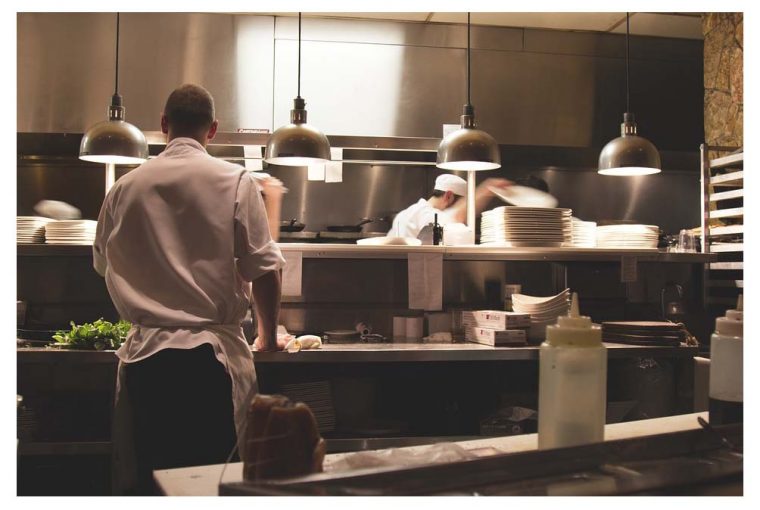The choice to change your kitchen can be a tough one, particularly if you approach the redesign without a proper plan of action, or without all the knowledge of both your business needs and the needs of your staff. It can be, when done correctly, an exciting opportunity to make your kitchen more efficient and functional – so what do you need to consider?
Evaluate, evaluate, evaluate! Before you start changing things, take a look at what you’ve already got. What works? What needs improving? Starting from scratch without taking stock of the equipment you already use that works means that you may not always get the best idea of what needs improvement, and what works as it is. Making sure you’ve got a good understanding means that when it comes to redesigning your kitchen, you’re able to create a layout that works together harmoniously, streamlining operations.
For example, deciding upon the workflow of the kitchen before redesigning it means that you’ll be in a good position to consider where all parts of the system, such as warewashing, need to be located to get the most out of your space. Warewashing is an integral part of the functionality of your kitchen, so making sure that you carefully choose the correct appliances that work together symbiotically means you’ll have an efficient, stress-free and hygienic workstation. Making sure this links well to the rest of the kitchen’s service area capitalises on this streamlining, having a knock-on effect on the functionality of the other kitchen spaces.
By taking some time to consider the space in your kitchen, and by taking advantage of multi-functional equipment, you can make some smart decisions about how to utilise it to get the most out of your redesign. Brands like Foster, Gram and Adande offer refrigeration solutions that combine effective storage with prep counter surfaces, meaning that you’re able to maximise your space for holding food without sacrificing cooking space. Knowing exactly what you’re redesigning in your kitchen means that you can be clever with your purchases.
You should also consider the demands of everyone involved. It isn’t just the chef that works in the kitchen, so whilst their input is invariably valuable, your plan for redesigning it should take into account the roles and needs of all the members of staff. Taking the time to do this will give you a list of achievable requirements that you can use to build the most efficient layout for everyone.
Looking to the future can also be a crucial part of making sure your kitchen redesign has the longevity to last the next ten years of your business. Once you’ve identified the key parts you need to upgrade or change, looking around for innovative or long-term cost saving equipment means that you can alter and improve factors like the profitability, efficiency and sustainability of your business. Hobart and DC’s warewashing steam-heat recovery systems are a key example of this, as using steam generated during the wash cycle and recycling it as the heat source for the dishwasher’s cold water supply can reduce energy use by up to 25%. It’s investments like these that will make sure your kitchen goes the distance, and by using your budget wisely and planning ahead, you could be well on your way to a smarter, and more economical streamlined kitchen.



